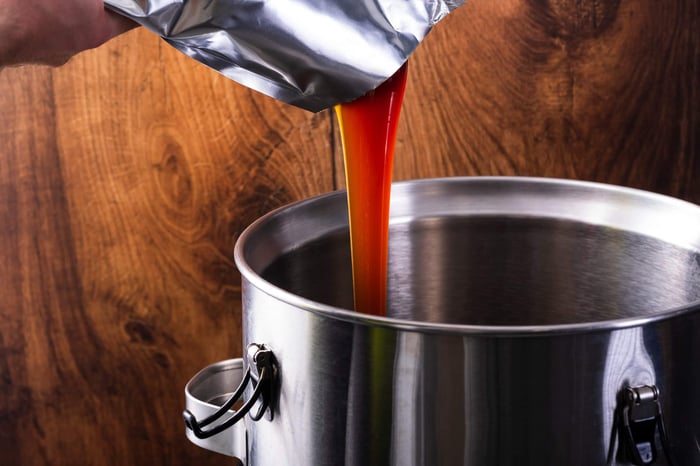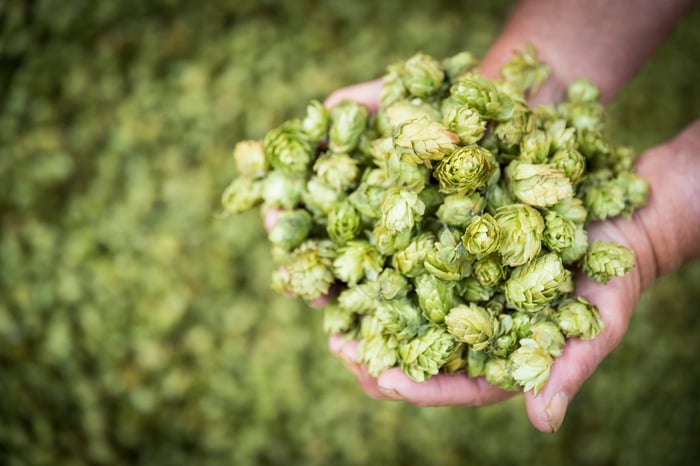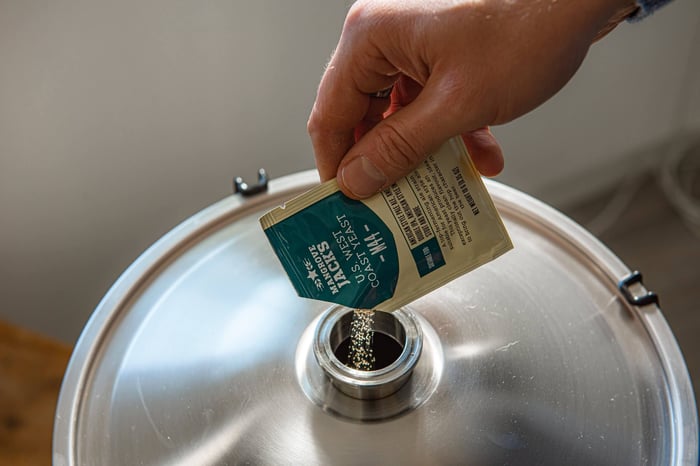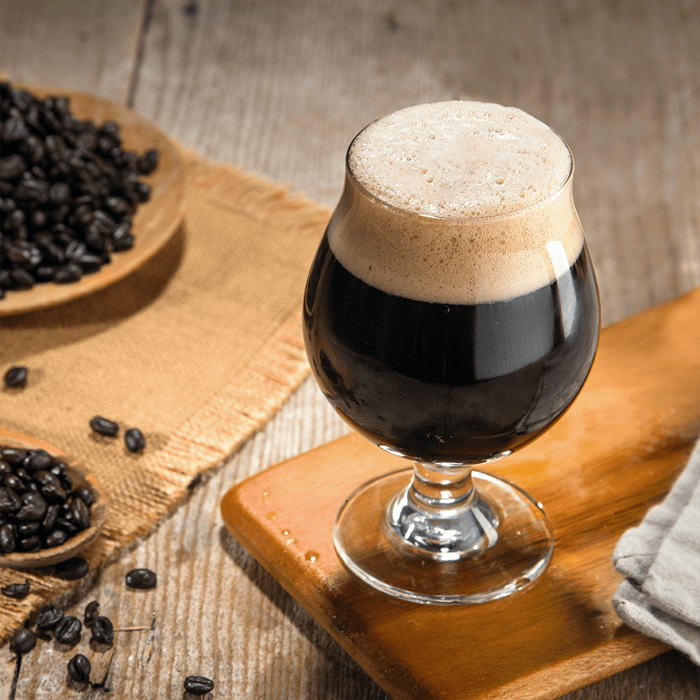Here's something that might surprise you about malt extract: it's not just for kit brewers. The best all-grain brewers we know keep a bag of dried malt extract tucked away in their brewery, and there's a good reason why.
After years of brewing (and quite a few competition wins), we've learned that malt extract is one of those ingredients that quietly makes everything better. Once you discover these techniques, you'll wonder why nobody talks about them more.
The Real Story Behind Malt Extract
According to the American Homebrewer's Association, malt extract is simply "concentrated sugar extracted from brewing-grade malted barley." Fair enough, but that rather undersells its potential, doesn't it?
You'll find it in two forms: liquid malt extract (LME), which has the consistency of golden syrup, and dried malt extract (DME), which looks rather like powdered milk. The specific type depends on the grains used during production.
Quick conversion for your notes: 1kg dextrose roughly equals 1.1kg DME or 1.2kg LME.
How Extract Comes to Life
The production process follows familiar brewing principles. Grains are mashed in the traditional manner to create wort, then gentle heating removes water whilst concentrating the sugars. Many producers use vacuum systems to achieve water removal at lower temperatures, preserving the more delicate flavour compounds.
Here's what's rather brilliant: extract-based beers regularly win medals at serious competitions, often beating their all-grain counterparts. It really does come down to technique rather than method.
Why Clever All-Grain Brewers Keep Extract Handy
Proper Yeast Starters Made Simple
A proper yeast starter separates professional-quality beer from the merely drinkable. Think of it as giving your yeast a proper warm-up before the main event.
With malt extract, starter preparation becomes refreshingly straightforward:
The simple method:
- Bring water to the boil
- Stir in your malt extract
- Keep boiling for 10 minutes
- Cool down and transfer to a sterilised flask
- Add your yeast
Aim for a specific gravity between 1.030-1.040. This range gives your yeast the perfect environment for multiplication without putting them under stress.
Essential tip: After fermentation, chill your starter in the fridge. This drops the yeast to the bottom, allowing you to pour off the beer and pitch just the healthy yeast slurry.
Mid-Brew Gravity Corrections
We've all been there: you're measuring your pre-boil gravity and the numbers just aren't matching your recipe. Perhaps you stopped the sparge too early, or your grain crush wasn't quite right.
Example scenario: You're targeting 1.053 but your refractometer shows 1.046 after sparging. That's 53 gravity units versus 46 – a 7-point shortfall that's easily remedied.
Brewing Big Beers Without the Hassle
Creating high-gravity beers traditionally means longer boils or stuffing more grain into your mash tun. Sometimes you don't fancy extending your brew day, or you're already pushing your equipment to its limits.
Strategic extract additions solve this elegantly. You can hit those ambitious gravity targets without the extra faff or equipment stress.
Quick Brews for Busy Weekends
All-grain brewing is brilliant, but sometimes you fancy a brew session without the full ceremony. Extract brewing keeps your fermenters busy between the main events.
Combine extract with a selection of specialty grains, and you've got complexity without the time commitment. Perfect for those occasions when life gets in the way of brewing plans.
Insurance Against Murphy's Law
Experienced brewers know that things can go sideways unexpectedly. Equipment failures, timing cock-ups, or ingredient shortages can derail even the best-planned brew day. Having extract on hand provides excellent insurance.
Storage That Preserves Quality
Dried malt extract should be kept away from moisture and oxygen. Store it between 10-21°C, and it'll keep for up to a year.
Liquid malt extract in unopened pouches lasts up to two years. Once opened, transfer any remainder to the smallest container possible, keep it refrigerated, and use within three months.
The Bottom Line
Malt extract deserves a place in every serious brewer's toolkit. Whether you're creating championship-worthy yeast starters, rescuing wayward gravities, or brewing quick batches, it delivers reliable results every time.
Fancy learning more about brewing fundamentals? Our Brewing 101 series covers everything from grain to glass.
Got questions about extract brewing techniques? Drop us a line – we're always up for a proper brewing discussion.
Grainfather Team










